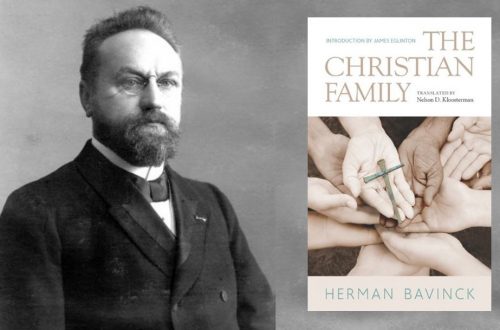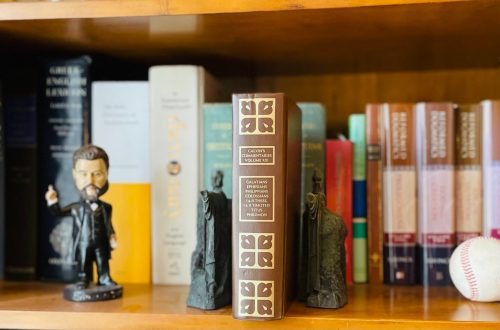Is it okay for a teacher or preacher of the Bible to admit that sometimes he just doesn’t know all the answers?This question was impressed on me as I was preparing to teach on “baptism for the dead†this past Sunday morning. This text (1 Corinthians 15:29-34), to my mind, is one of the most enigmatic sections of the entire Bible. As I worked my way through the text, I just could not find much there to help me figure out exactly what the Corinthians were doing.
As I made my way through Gordon Fee’s commentary, it became really clear to me that I am not alone in this predicament (Gordon Fee, The First Epistle to the Corinthians, NICNT, pp. 763-67). His survey of the interpretive options on offer is helpful, and I leave it to the reader to investigate them for himself. Yet even he points out that there are numerous difficulties in interpreting this text.
The most obvious interpretation of the language is that some in the Corinthian church were being baptized vicariously in behalf of some people who had already died. Thus our translations usually read something along these lines:
Otherwise, what do people mean by being baptized on behalf of the dead? If the dead are not raised at all, why are people baptized on their behalf? (ESV)
The problem with this interpretation is twofold: (1) there is no historical or biblical precedent for such a baptism, and (2) it gives the appearance that Paul at least tolerates a magical view of baptism—a view that makes baptism efficacious apart from belief in Christ.
Moreover, Paul leaves us hanging on a number of important related issues: (1) Who was being baptized? (2) For whom? (3) Why were they doing it? (4) What effects did they think it had for those for whom it was being done? Paul doesn’t give us the answers to any of these questions.
So how do we teach a text like this one when the author won’t answer all of the questions that we have about the subject matter? My advice is this. Sometimes we just have to tell people that we can’t be one-hundred percent certain about what Paul is referring to historically, but we can be certain why he brings it up.
In this case, while it would be nice to know what the Corinthians were doing, we don’t have to know precisely in order to follow his argument. If we are going to listen to Paul’s argument, then we have to recognize that his point is that the Corinthians were participating in a rite that totally contradicted their stated belief that “there is no resurrection from the dead†(1 Corinthians 15:12).
In this text, Paul is attempting to prove to them that their “baptism for the dead†(whatever that means) represented an expression of hope for the future. Such a hope makes no sense whatsoever if there is no resurrection of believers at the end of the age. In other words, Paul appeals to this practice not to define it or endorse it, but merely to show that the Corinthians are inconsistent. His main point is clear: “Repent of your denial of bodily resurrection, and believe the Gospel.â€
So here is one case where I don’t have to know everything in order to faithfully explain Paul’s message. I can give my best guess as to what baptism for the dead was, but it would be just that—a guess. Maybe Gordon Fee is right. Perhaps “baptism for the dead†consisted in some believer’s being baptized for others who either were believers or were on their way to becoming believers when they died (e.g., 1 Corinthians 11:30). At the end of the day, I still wouldn’t be able to prove it with indisputable certainty.
Nevertheless, I can explain why Paul brings the matter up and teach what Paul’s main point is. And this is the job of the preacher—to faithfully explain and apply the Bible. As usual, we have everything that we need to do just that.



